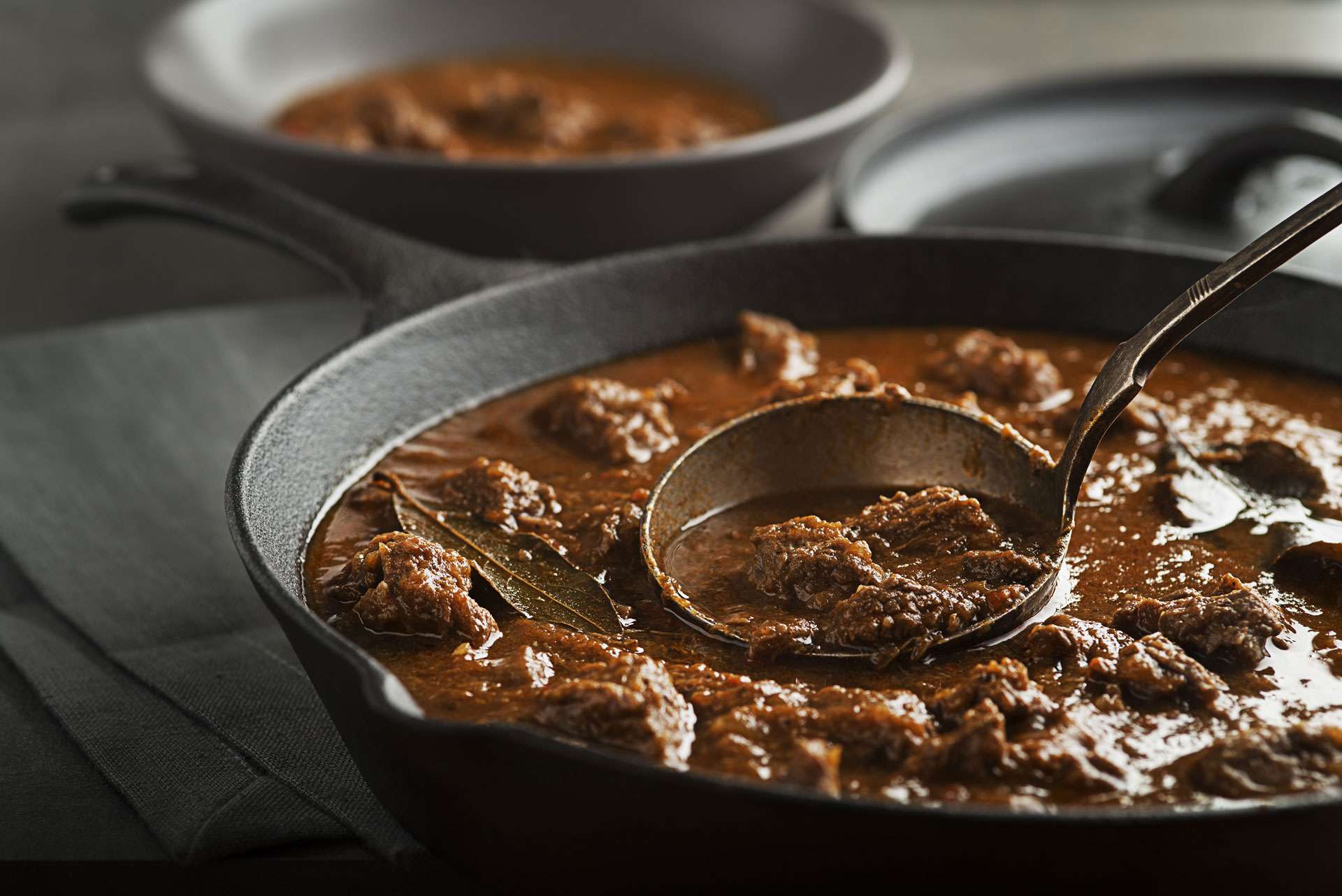Tuscany is often celebrated as the cooking capital of Italy and the birthplace of Italian gastronomy. The traditional cuisine of this Italian region originates from Cucina Povera, the food of peasants that exemplifies the frugal genius of the Tuscans. This form of cooking relishes in simplicity; allowing the quality of the food and seasonality of ingredients to flourish in every bite. From Pappa al Pomodoro (“Tuscan bread and tomato soup”) to Peposo alla Fornacina (“Florentine Beef and Pepper Stew), discover the tales and traditions intrinsically woven in Tuscan gastronomy.
Our short guide to Cucina Povera and Tuscan cuisine
Exploring Tuscany’s cuisine
Tuscany’s gastronomy is a fundamental aspect of its historic culture. While Haute and Nouvelle cuisine is characterised by lighter, delicate dishes with an emphasis on presentation, Tuscan cuisine returns to the defining elements: simple recipes made with seasonal and fresh ingredients. This is how Tuscan dishes such as Pappa al Pomodoro have a simple presentation yet the range of tastes and textures are unmatched.
Tuscany’s traditional Pappa al Pomodoro is also a perfect representation of the comforting meals adored so much in Tuscany. Ribollita, another heart-warming bread soup, has a heavier focus on beans as opposed to Pappa al Pomodoro. Tuscan cooking has many other culinary comforts, with newer dishes such as Gnudi becoming increasingly popular. This cheesy twist on the classic gnocchi tells a story, like all Tuscan dishes, beginning with its name. Gnudi means naked, which refers to the dish acting as a ravioli filling without the pasta shell. These are just a few examples of how cooking in Tuscany is devoted to tradition, comfort and quality.
Seasoning the Duomo
Food is an important part of Tuscan culture, its regional recipes and ideas are woven throughout history. Filippo Brunelleschi was an Italian architect during the Renaissance and the designer of the Florence Duomo, Santa Maria del Fiore. The construction of Brunelleschi’s Dome brought multiple challenges to Brunelleschi — and the one that would make food history forever was how to feed all his workers.
Brunelleschi used the same ovens that fired the bricks to make his dome, to heat food for his workers. The large oven held equally large pots to contain food, and so it was most convenient to cook stew inside. The Italian love for meat was apparent, especially amongst labourers that worked long hours, resulting in Peposo alla Fornacina. This beef stew utilised the muscle cut of the meat, the cheapest available, staying true to Tuscany’s admirable simplicity. The stew was cooked in red wine, mostly to eradicate bad odours, but also to enhance the flavours of the beef and use Tuscany’s prized wine. The dish added garlic cloves, black pepper and laurel leaves, all found in abundance in the nearby countryside. These ingredients added flavour, freshness and texture to the simplicity of the dish, making Brunelleschi’s peposo a classic Tuscan dish.
If you’re staying at one of our villas in Tuscany, two of our most cherished chefs Pippo and Guia, are available for private catering, cooking classes and home delivery through our friendly Concierge Service. This iconic cooking duo, share a long-lasting friendship and undeniable devotion to Tuscan cuisine, bringing dedication and fun into the kitchen.
